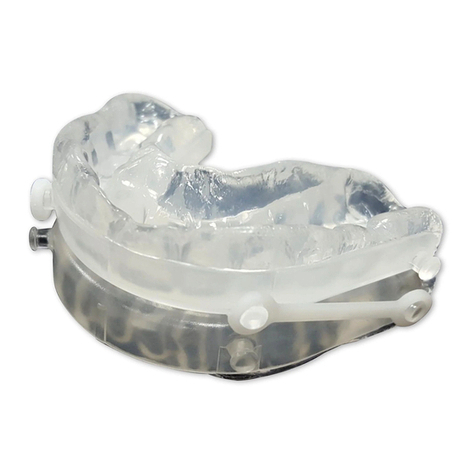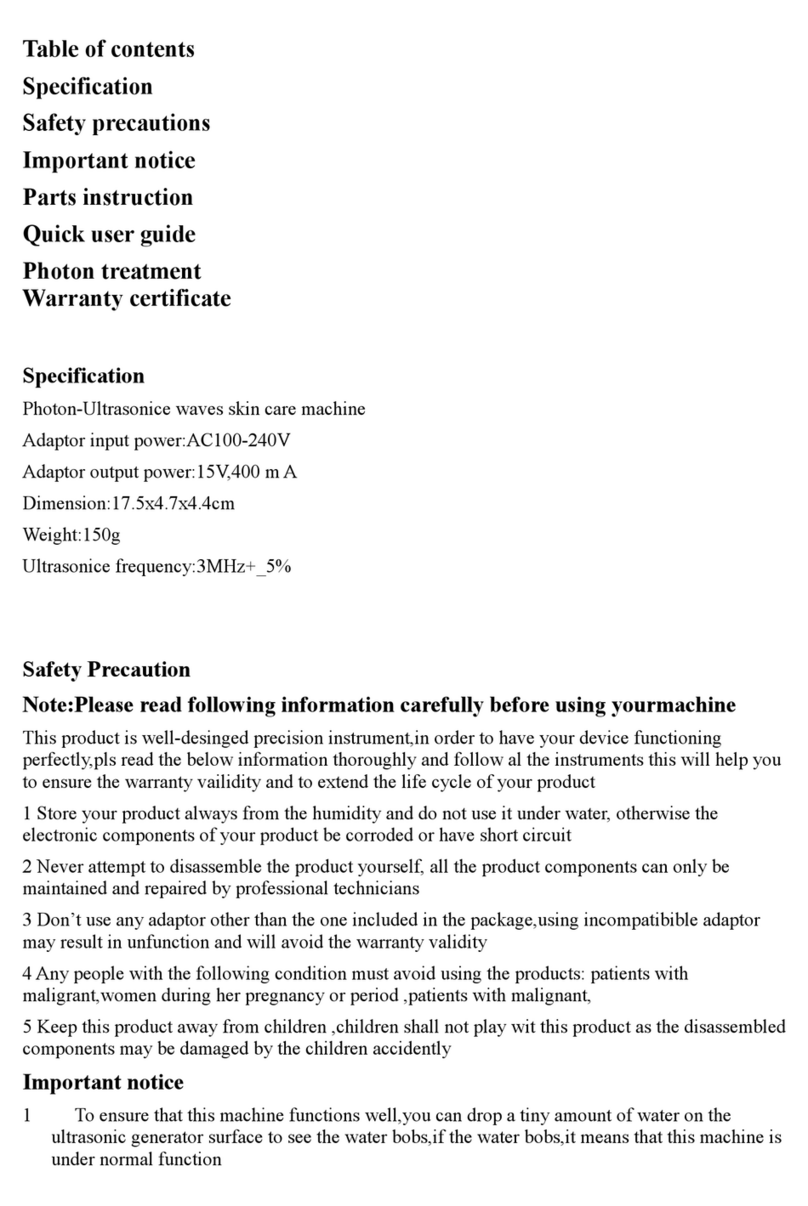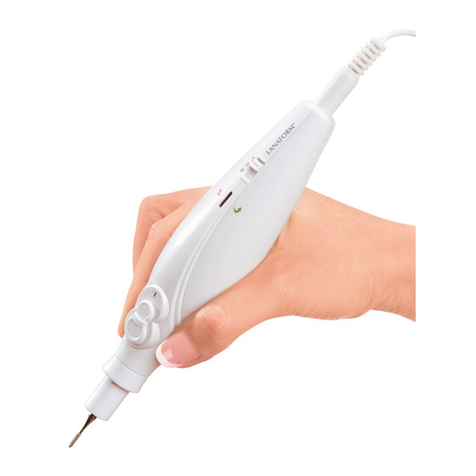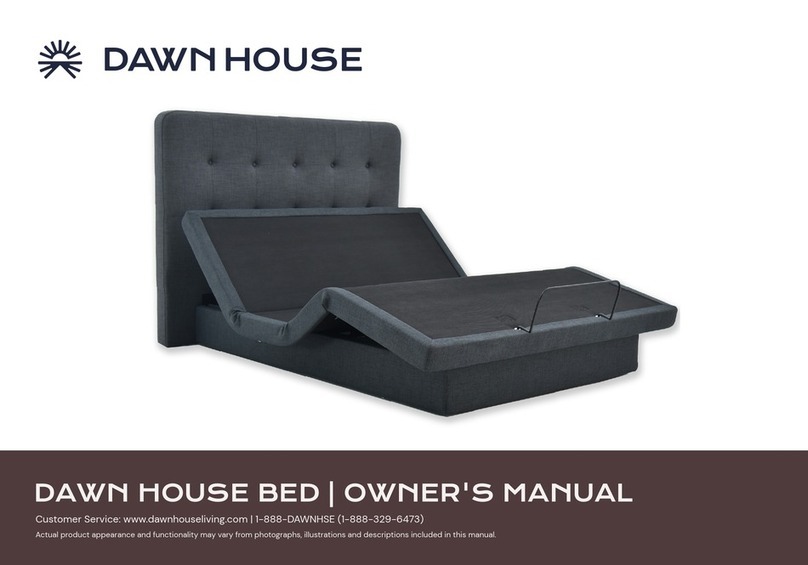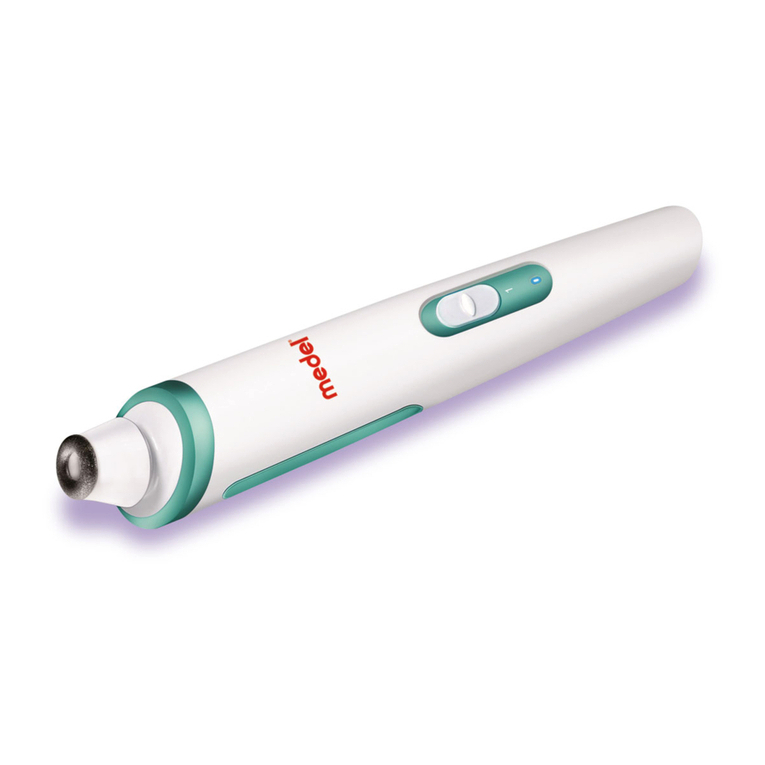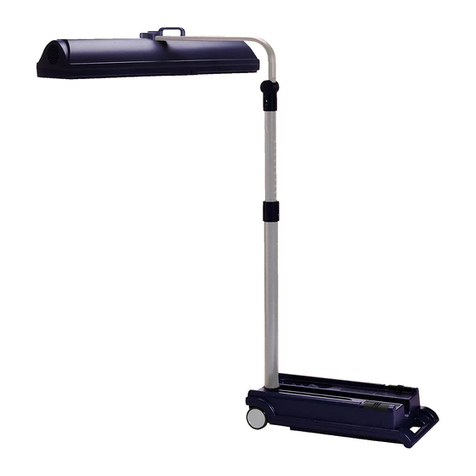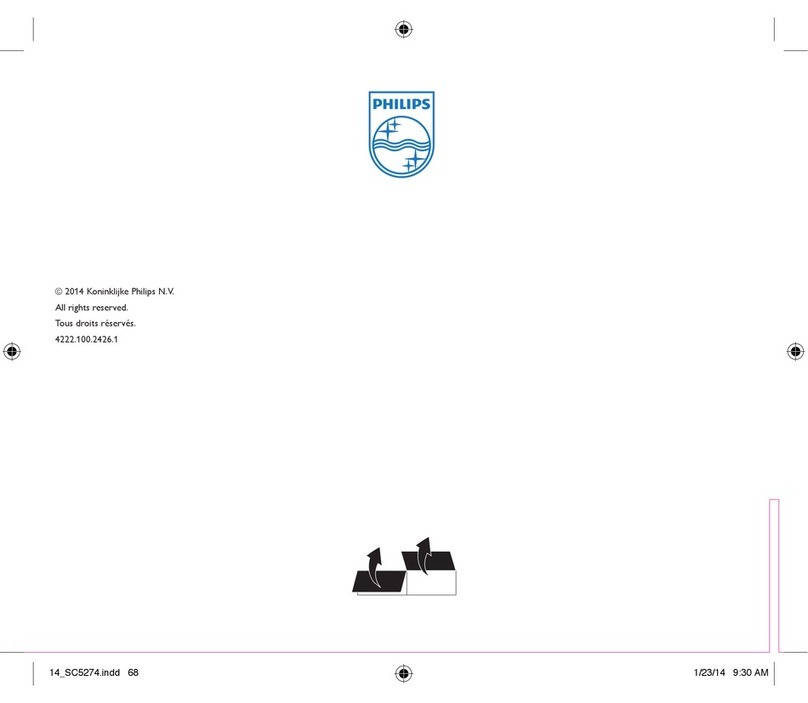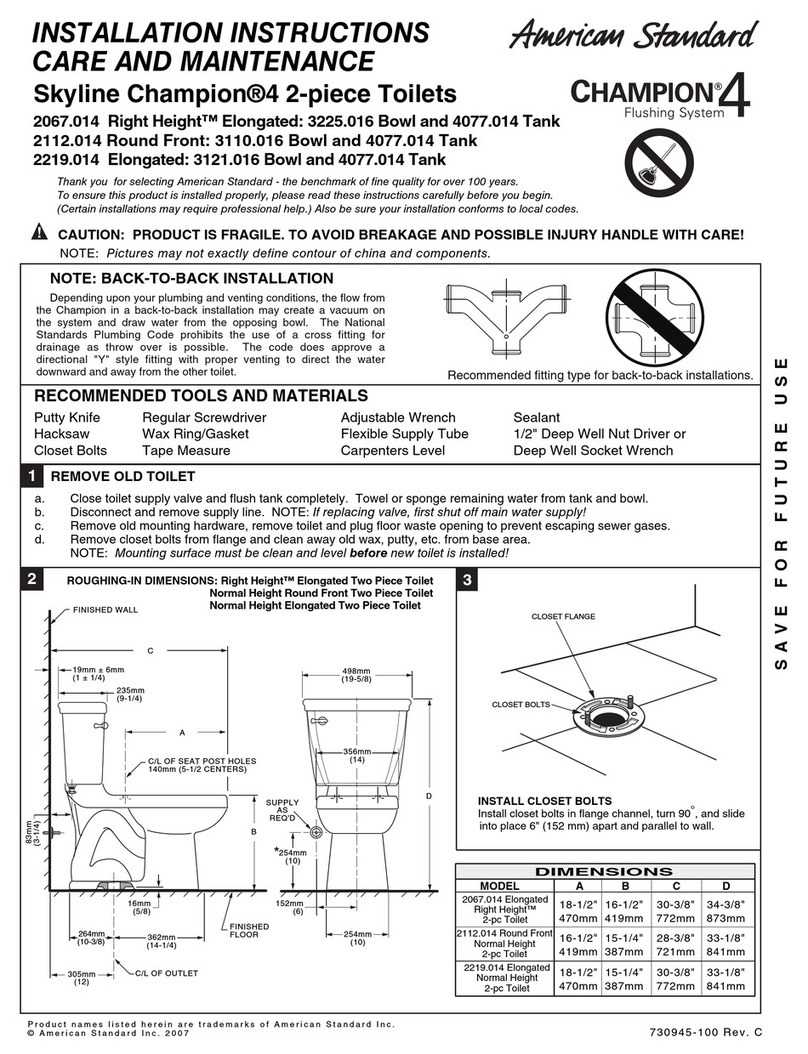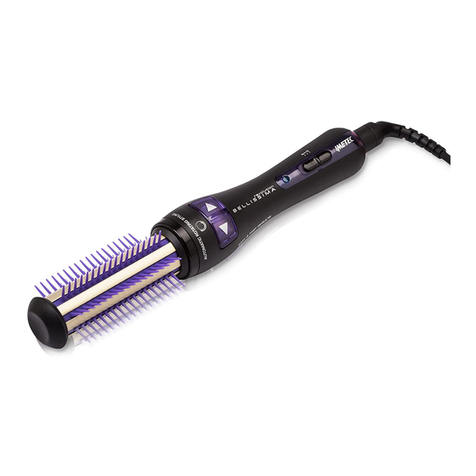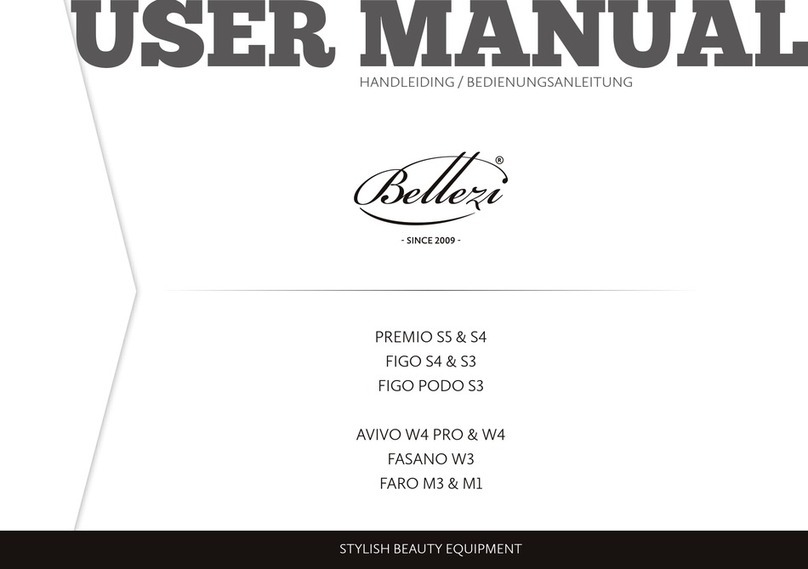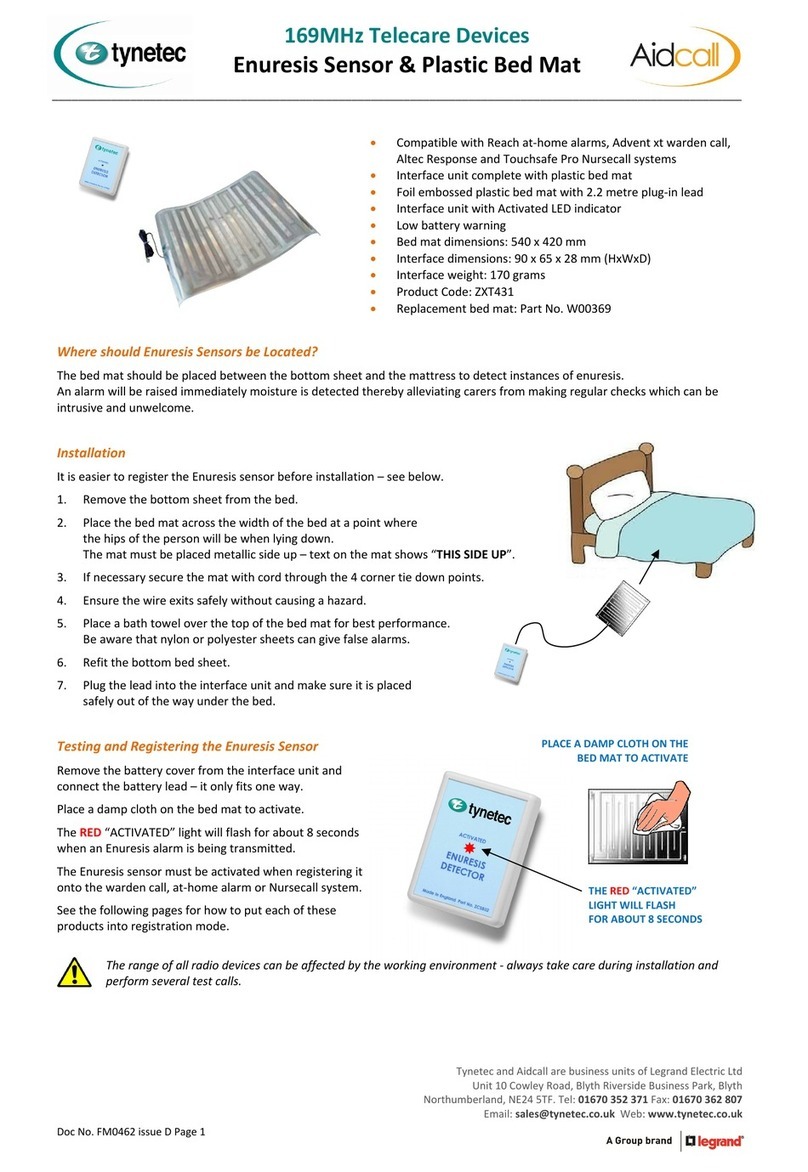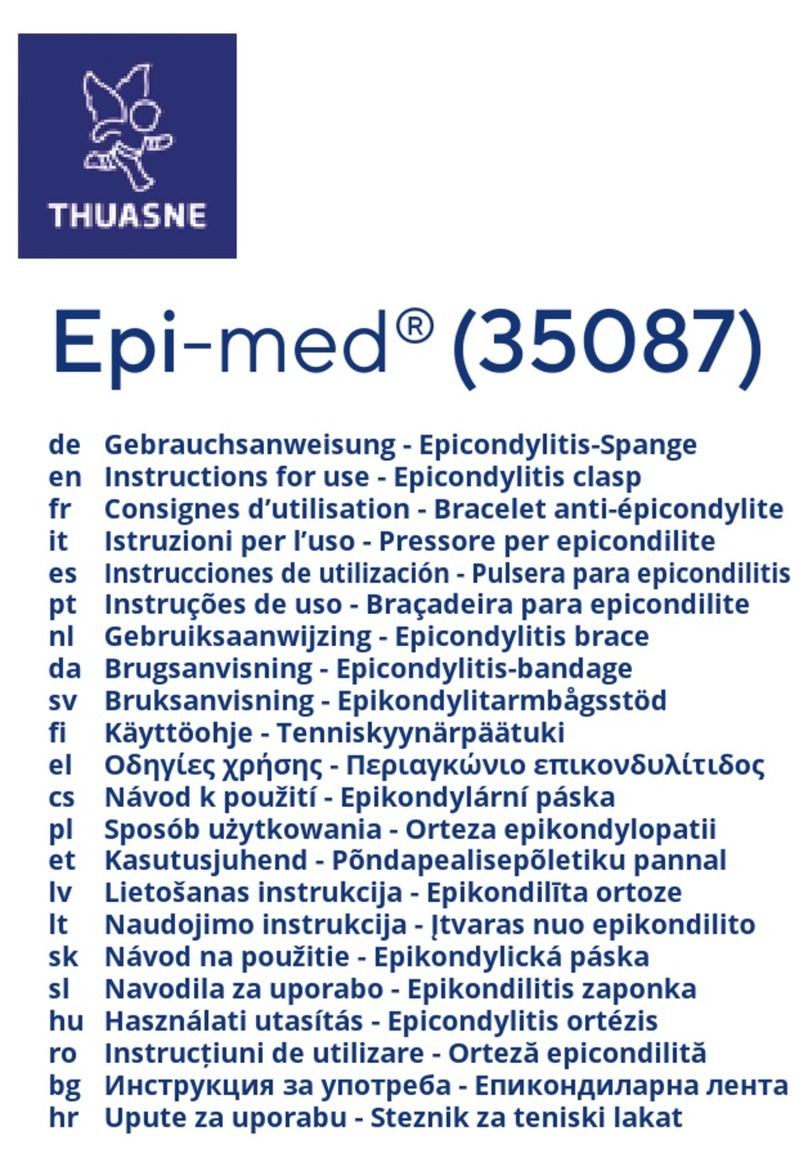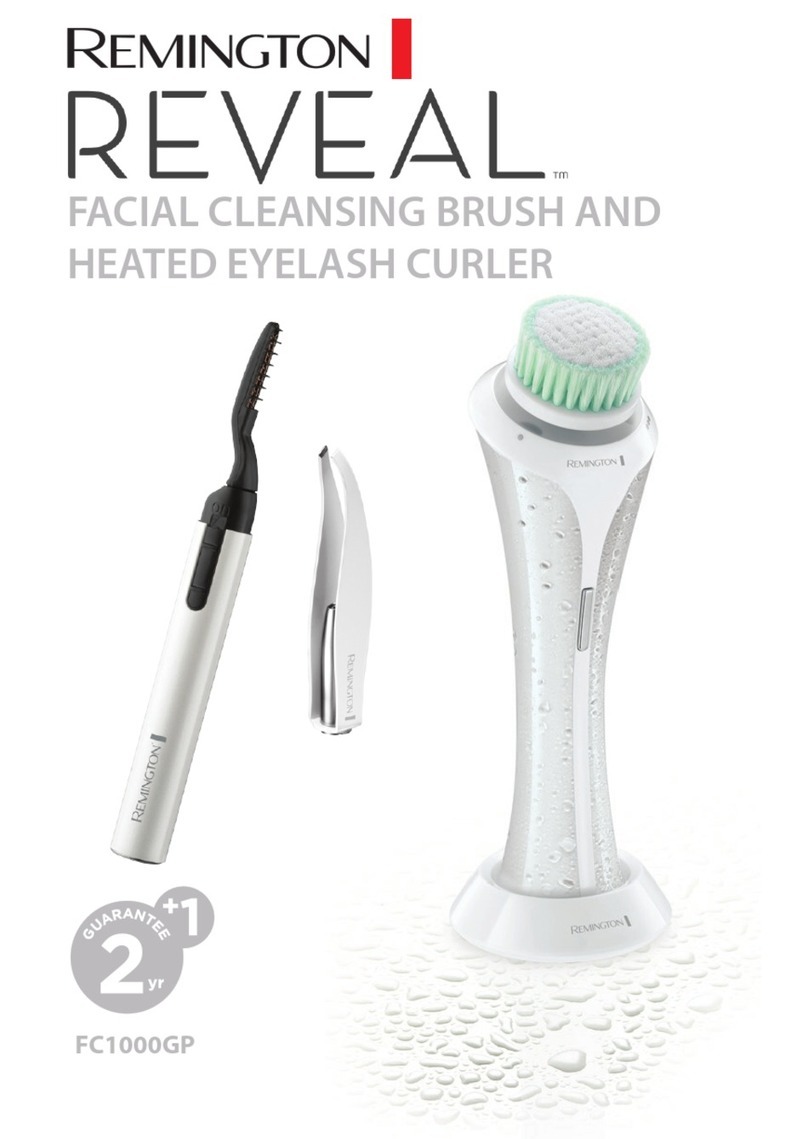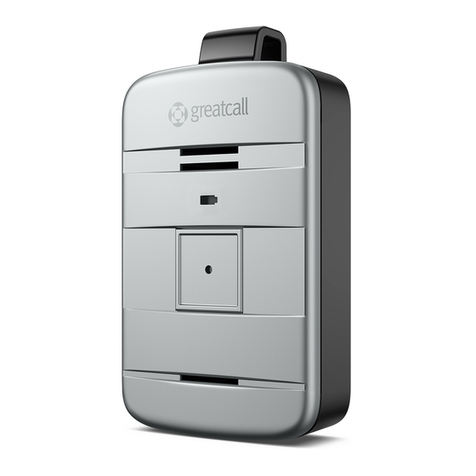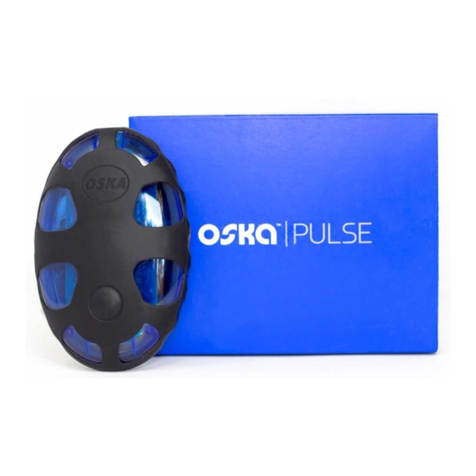Tomed SomnoGuard SP Soft User manual

SomnoGuardSP Soft
Medical oral appliance to treat snoring and mild or moderate obstructive sleep apnoea in adults
Content: 2 oral trays, 4 sets of connecting straps (23 mm –34 mm), storage case, user instructions
To achieve an optimal therapeutic result, it is recommended that SomnoGuard®SP Soft is fitted by a physician (e.g., dentist, ENT physician, physician in
the sleep laboratory) or their trained medical staff.
Instructions (Read instructions carefully before use) Date of information: 01.02.2021
Description:
SomnoGuard®SP Soft is a two-piece mandibular advancement device that allows limited mouth opening. The hard
outer tray shells are filled with a thermoplastic material. After heating the trays in a boiling water bath the thermoplastic
material becomes easily mouldable. Deep teeth impressions are formed when biting into the soft material. After the
appliance cools down in a cold water bath, the material hardens and maintains its new shape. The lower jaw
advancement can be incrementally adjusted by two connecting straps of equal length that connect the upper and the
lower tray. The opening of the respiratory tract depends on the extent of the adjusted lower jaw advancement.
SomnoGuard®SP Soft is also suitable for patients with a receding lower jaw (retrognathia).
Fig. 1
Indications:
-Treatment of primary snoring and mild or moderate obstructive sleep apnoea in adults
-In case of CPAP intolerance and in order to reduce CPAP pressure
-Sporadic use by patients with obstructive sleep apnoea instead of CPAP when travelling, if advised by a medical professional
Contraindications:
-Patients under 18 years
-Central sleep apnoea
-Severe respiratory disorders
-Epilepsy
-Temporomandibular joint disorder
-Insufficient number of teeth, large gaps between the teeth
-Periodontitis, loose teeth, unstable dental crowns or prostheses, tooth decay
-(Strong) gag reflex
-Limited mandibular advancement capacity
Attention: If the patient’s dental condition appears uncertain and in case of occlusal abnormalities, a dental check-up is strongly recommended before starting the
treatment.
Possible side effects:
-Mouth dryness or initial hypersalivation, which normalises with adaptation to the appliance
-Morning discomfort by temporary pain from TMJ or teeth, which normally reduces with adaptation
-Transitory bite changes, which will normally disappear within 30 –60 minutes after removing the appliance from the mouth
-In case of a long-term treatment, changes of tooth position are possible.
-During the first few nights the appliance might not be kept in the mouth for the whole night. This is normal. The adaptation process may take 1 –2 weeks.
In case of any persisting or severe side effects stop using the appliance and consult your medical professional.
Warnings:
-Snoring can be a symptom of breathing arrests that may contribute to serious health problems such as cardiovascular diseases. Ask for your medical
professional’s help to find out why you snore.
-The therapeutic effect of the oral appliance therapy should be controlled by adequate diagnostic measures quite soon after the beginning of treatment,
especially with those patients having breathing arrests at night due to obstructive sleep apnoea. Consult your medical professional.
-In case of severe pain from TMJ or other persistent discomfort, stop using the appliance and consult your medical professional. He or she will then find
out whether this condition had been caused by the oral appliance and can modify the appliance if necessary.
-You should visit your dentist at regular intervals, especially if you are wearing your appliance every night. Take your appliance with you.
Special notes:
-Thoroughly check the appliance for any uncommon changes (such as cracks or debonding) before and after every use. Do not use the appliance if it is
damaged in any way.
-The average durability of SomnoGuard®SP Soft is about 1 ½ years. Bruxism and strong jaw movements might decrease the average durability of your
oral appliance. Consult your medical professional for therapeutic alternatives especially designed for bruxists.
-Please also refer to the illustrations for fitting our SomnoGuard®oral appliances on the internet at www.tomed.com
Care: Clean your oral appliance every morning with a soft toothbrush and a special cleaning product (e.g. Curaprox “daily” gel for daily cleaning, Curaprox “weekly”
concentrate for weekly cleaning; available from TOMED) or 1 –2 drops of a colourless washing-up liquid. Do not clean it with products that contain bleach as it
could damage the appliance. Always rinse the appliance with cold water, let it dry in the open air and keep it in the storage case provided.

Fitting the appliance:
1. Heat one of the trays in a boiling water bath for about 3 ½ minutes with the outer tray shell facing the bottom. As the tray heats up the thermoplastic filling
will become clear and the tray will rise to the surface. Note: We recommend to use a mirror if you fit the appliance yourself.
2. Use a spoon or a small pliers to take the tray out of the water. Carefully shake off any excess water by only holding the fixation knobs of the rigid tray
shell. Allow it to cool for 15 seconds. Make sure that the thermoplastic material does not cause burns whilst still being mouldable. Note: Nitrile gloves are
most suitable for the fitting.
3. Place the tray centrally over the upper teeth with the marker on the front edge between the front teeth and the front teeth as close to the front of the tray
as possible. Press the bottom of the tray from the front to the rear firmly against the teeth using your thumbs and forefingers. Then close the mouth and
bite down until the upper teeth touch the bottom around the whole tray to create deep teeth impressions. Note: Drink some warm water in advance so that
your teeth get used to the warmth.
4. Keep the upper and lower jaw closed and use the fingers to firmly press excessive thermoplastic material at the outer sides of the tray against the teeth
and gums. Slightly open the mouth and use the fingers to press excessive thermoplastic material at the inner sides of the tray against the teeth, gums and
the palate. Keep the tray in place for another 30 seconds before carefully removing it from the mouth by touching the fixation knobs of the rigid tray shell.
5. In a still warm and mouldable condition, cut off excessive thermoplastic material beyond the edge of the rigid shell,
preferably with a pair of curved scissors (Fig. 2 [1]). Leave some excess material up about 2 –4 mm beyond the
edge at the inner sides of the tray (Fig. 2 [2]). Beyond the last back tooth (molar) excess lining should be flat along
the bottom surface of the rigid tray shell (Fig. 2 [3]).
6. Let the tray cool down for a few seconds in a cold water bath to harden the lining.
7. Heat the second tray in a boiling water bath for about 3 ½ minutes and allow it to cool for 15 seconds (steps 1 –2).
8. Place the moulded upper tray on the upper teeth first. Then place the heated lower tray centrally over the lower
teeth with the front marker of the lower tray in a vertical alignment with the marker of the upper tray and the lower
front teeth as close to the front of the tray as possible. Bite down until the teeth touch the bottom around the whole
tray to create deep teeth impressions.
Fig. 2
9. Keep the upper and lower jaw closed and use the fingers to firmly press excessive thermoplastic material at the outer sides of the tray against the teeth
and gums. Remove the upper tray from the mouth. Keep the lower tray stable and stick out the tongue so that the frenulum of tongue leaves its
impression in the material. Then slightly open the mouth and use the fingers to press excessive thermoplastic material at the inner sides of the tray
against the teeth and gums. Keep the tray in place for another 30 seconds before carefully removing it from the mouth by touching the fixation knobs of
the rigid tray shell. The following procedure corresponds to step 5 –6.
10. For those with a normal bite attach a pair of the 29 mm long connecting straps at the front fixation knobs of the upper tray and the rear fixation knobs of
the lower tray. The embossed strap length should face inwards and should not be visible on the reverse side. Use shorter or longer straps for those with
an abnormal bite or to set the required advancement of the lower jaw. Note: There should be no lining residues around the fixation knobs (Fig. 2 [4]). If
you see any residue, heat only the exterior rigid wall around the knob and remove it carefully.
11. If one of the trays does not fit perfectly, heat it in the boiling water bath for about 10 –15 seconds and let it cool for a few seconds. Place the oral
appliance carefully in the mouth without changing the teeth impressions of the first fitting. Suck in and swallow the saliva. Massage the cheeks from the
outside to achieve an optimal fit. Remove the appliance after 30 seconds from the mouth and let it cool down in a cold water bath.
Note:
-Rough edges can easily be removed by dipping the appliance briefly into a hot water bath and then smoothing the edges with a wet finger.
-Those fixation knobs not needed for fastening the straps can be removed with nipper pliers. Rough edges should be smoothed with a file.
Setting the lower jaw advancement: At the beginning of the treatment, the lower jaw advancement should only correspond to approximately 50 % of the maximum
possible advancement. If necessary, the advancement can slowly be increased as you adapt to wearing the device. For this purpose use the next shorter connecting
straps.
Doc. No.: UI.SPS.0221.GE.01
Table of contents
Other Tomed Personal Care Product manuals
